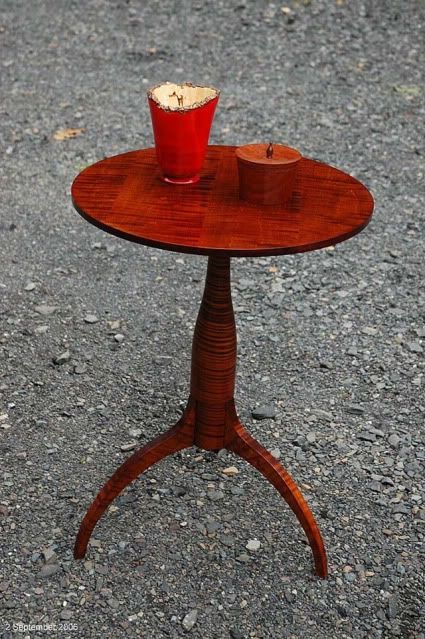Hey yall, first post on the forum here with one of the most frustrating issues I've dealt with in my woodworking...
I'm trying to recreate the two tone "grain pop" on some curly maple (or tiger maple as I've also seen it called) There are a couple methods I've seen, the one that looks the best to me is shown in the videos that come up in the first two search results on google for "finishing figured maple"
Mark Stephens on woodworkers resource has a video that makes this look super simple and as with most things that look super simple and have a really cool result....I've found it to be anything but. He dyes the board using Behlen Solar Lux then sands it down. Does this twice then dyes once more and continues with whatever topcoat. The result leaves the curls in the wood darker than the rest . Wood whisperer had a similar finish however he mixes dye with shellac.
Problem: I've tried both of these methods on a scrap piece I sanded down to 220 but I keep getting a result that just looks...dirty. I don't have another way to describe it. I'm using Behlen's American Walnut Solar-Lux dye stain. I've tried diluting it, mixing with shellac, pre wetting the wood with alcohol, but I keep getting this result where it looks like someone rubbed dirt into the wood then wiped it off or something.
Any help is appreciated, the only thing left I can think of is that he uses antique maple dye and I'm using walnut but I wouldn't imagine the difference in results would be that drastic.




 Reply With Quote
Reply With Quote




